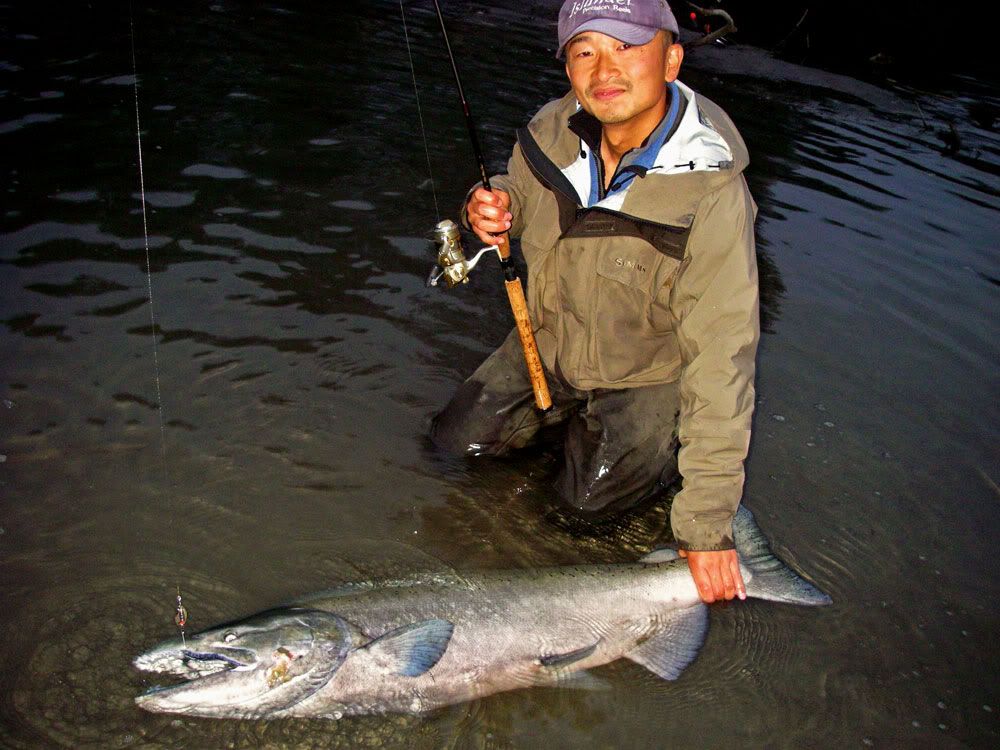If you are targeting coho, sockeye, pink and chum salmon from the beach with the setup I recommended, then you'll have no problem landing all of them. If you are targeting chinook salmon, then you'd want to go with the heavier setup you've decided. That heavier setup will handle all of the salmon you catch, but personally I wouldn't find it enjoyable to use for the smaller species. If your goal is to bring in all the fish instead of getting the most fight out of them, then go with the 8-17lb.
The longer rod will give you a longer casting distance, but personally I use pretty light line with the shorter rod so can achieve similar casting distances as the long one. I've used the 9' on beaches in Denmark where we have to whip out 20g, 25g lures as far as we can to reach the fish. No problem with it.
One consideration to take into account is, are you going to find casting a 10'6" rod with a large spinning reel like a 4000 enjoyable? It is a rather heavy setup. Try doing the cast a couple hundred times, flipping over the bail each time, it gets very tiring. Personally I hate casting and retrieving lures with a large spinning reel. Those are reserved for high speed lure retrieve for saltwater pelagic species in the tropics like tuna and yellowtail. If you are specifically targeting chinook salmon, then go for it, but for all the other salmon species it is an overkill.
Here's a chinook salmon brought in on a Shimano Sustain 2500 (I love posting this pic whenever there is an opportunity

).

For drifting, I have a 9' Clarus baitcasting rod which I use from time to time and I don't have a problem with it. I also use a 9' Trophy XL centerpin rod sometimes, that does the job too. 10'6" allows you to drift your float further and mend the line more easily. Regardless what length, drifting a float is going to be tough with a spinning rod and reel.

 Author
Topic: Versatile rod and reel? (Read 27978 times)
Author
Topic: Versatile rod and reel? (Read 27978 times)

